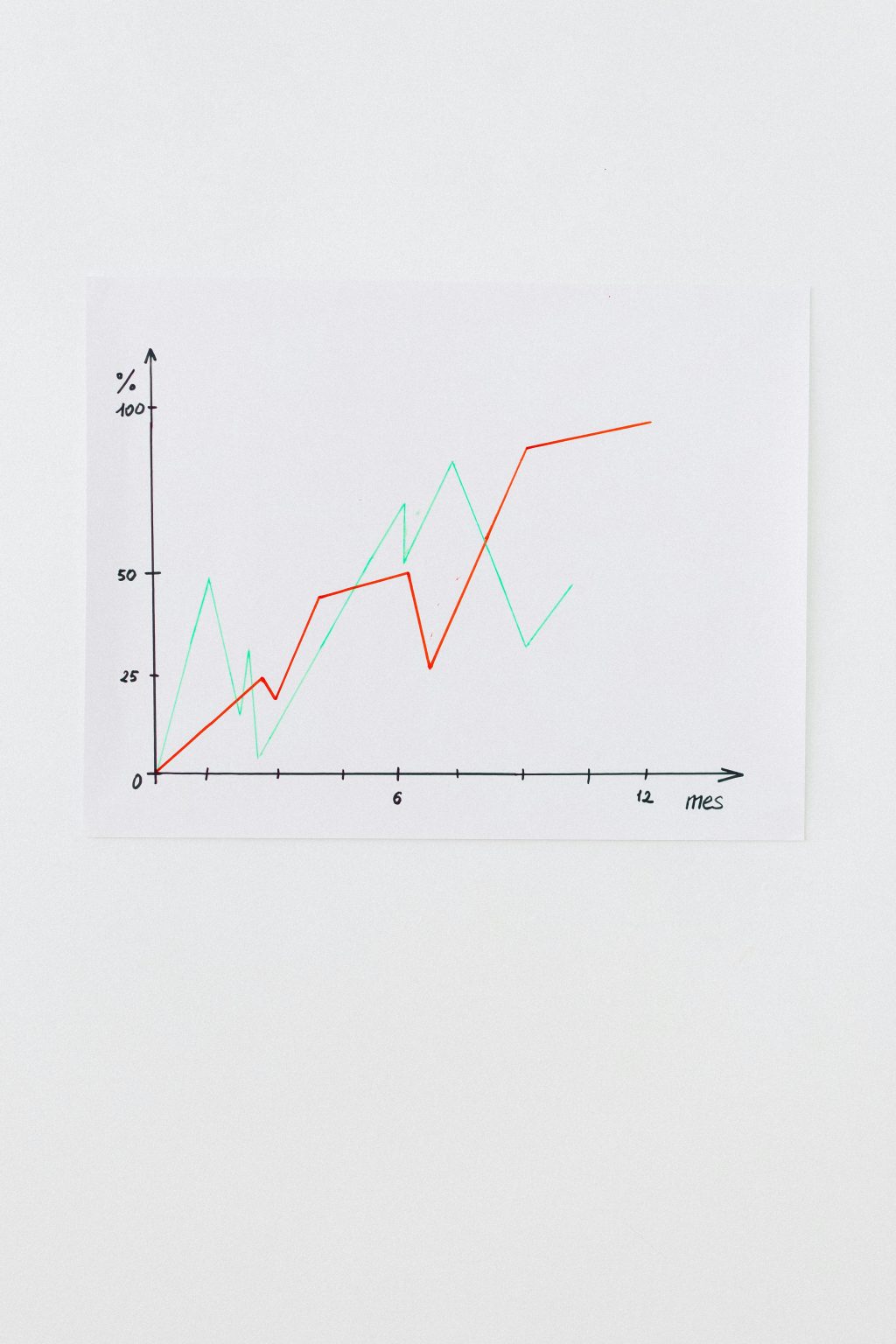
The world of politics can often feel like a whirlwind of confusing terms, sudden shifts, and complex debates. Just when you think you’ve got a handle on things, a new trend emerges, leaving many of us wondering what it all means for our daily lives and futures. As we move through 2025, several powerful political currents are shaping global events, national policies, and local communities. These aren’t just abstract ideas for policymakers; they directly impact everything from the economy and our jobs to the price of groceries and the security of our borders. This guide breaks down the biggest political trends of the year into simple, easy-to-understand concepts. Whether you’re a political junkie or just want to be a more informed citizen, here’s what you need to know about the forces defining 2025.
The AI Regulation Revolution: Governing the Machines
Artificial Intelligence (AI) has moved from science fiction to an everyday reality at a breathtaking pace. In 2025, the biggest political question is no longer what AI can do, but how we control it. Governments around the world are scrambling to create rules for this powerful technology.
Think of it like the early days of the internet. There were few rules, which led to amazing innovation but also serious problems like privacy breaches and fraud. Now, politicians are trying to get ahead of the curve with AI. The key debates center on:
- Safety and Ethics: How do we ensure AI systems are safe, unbiased, and don’t cause harm? There are major concerns about AI being used to create deceptive deepfake videos, especially during elections.
- Job Market Impact: As AI automates more tasks, what happens to workers? Governments are discussing policies like retraining programs and even new forms of taxation on companies that replace human jobs with AI.
- Global Competition: The race for AI supremacy is a new front in the geopolitical rivalry between the US and China. This trend is about who sets the global standards for AI, which could determine economic and military dominance for decades to come.
In simple terms, 2025 is the year the world tries to build guardrails for a technology that is changing everything, ensuring it benefits humanity rather than threatens it.
The Polarization Problem: A World Divided
If it feels like people are disagreeing more fiercely than ever, you’re not imagining it. Political polarization—the deep division between opposing groups—is a defining trend of 2025. This isn’t just about arguing over taxes or healthcare; it’s a fundamental split in worldviews, often fueled by digital echo chambers.
This trend manifests in several ways:
- Domestic Gridlock: In many countries, governments are finding it harder to pass legislation because opposing parties refuse to compromise. This leads to political stalemates on critical issues like climate change and infrastructure.
- Rise of Populism: Leaders who position themselves as anti-establishment champions of “the people” continue to gain traction by tapping into public frustration with the status quo.
- Information Wars: The public is increasingly getting news from completely different sources that confirm their existing biases. This makes finding common, agreed-upon facts nearly impossible, fracturing national unity.
This deep division makes solving big, complex problems incredibly difficult and is a primary source of instability in many democracies.
Economic Resilience: Rethinking Global Supply Chains
The pandemic and recent global conflicts exposed a critical weakness: the world’s supply chains are incredibly fragile. The trend in 2025 is a major political push toward economic resilience.
This is a fancy term for countries trying to make their economies less vulnerable to shocks. The main strategy is called “friend-shoring” or “near-shoring.” Instead of getting goods from anywhere in the world based solely on cost, countries are now prioritizing trade with political allies and neighboring countries. The goal is to ensure that essential goods like medicine, computer chips, and energy can always get through, even during a international crisis.
For everyday people, this means governments are actively encouraging companies to bring manufacturing and production closer to home. This could lead to more jobs locally but might also mean slightly higher prices for some goods as companies move away from the cheapest possible labor.
The Climate Policy Implementation Challenge
The conversation on climate change has decisively shifted. It’s no longer just about if we should act, but how we will implement the massive transition to a green economy. 2025 is the year of execution.
Major laws, like the US Inflation Reduction Act, are now in full effect, pouring billions into renewable energy, electric vehicles, and green technology. The political trends to watch are:
- The Green Tech Race: Nations are competing to dominate the industries of the future, such as battery production and solar panel manufacturing. This is creating new jobs and economic opportunities.
- Managing the Costs: Politicians are grappling with how to balance the long-term benefits of a green transition with the short-term costs, such as higher energy prices or impacts on traditional energy sector workers.
- Adaptation: With extreme weather events becoming more common, a huge part of the political discussion is now about adaptation—how to build infrastructure and systems that can withstand floods, fires, and storms.
The Battle for Digital Sovereignty
Who controls your data? This question is at the heart of the trend toward digital sovereignty. Nations are increasingly asserting control over their digital space, including data, technology platforms, and internet infrastructure.
This trend has two main sides:
- Data Localization: Countries are creating laws that require data about their citizens to be stored on servers within their own borders. They want to prevent foreign governments (or big tech companies) from having unchecked access to their population’s information.
- Tech Independence: There is a push to develop homegrown alternatives to dominant US and Chinese tech giants. The European Union, India, and other regions are investing heavily in creating their own competitive tech ecosystems to reduce reliance on outside powers.
In essence, the internet is becoming less global and more divided along national lines, as countries treat data and digital technology as a key asset of national security.
While these trends may seem vast and impersonal, they all trickle down to the choices we see on our ballots, the prices we see in stores, and the news we see on our screens. Understanding these core ideas—AI regulation, deep polarization, economic reshoring, climate action, and digital control—provides a crucial roadmap for navigating the complex political landscape of 2025. Being an informed citizen is the first step toward engaging with these trends and helping to shape a future that works for everyone.






